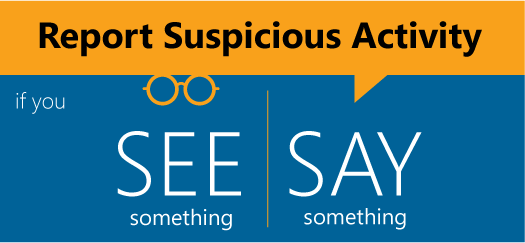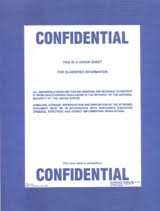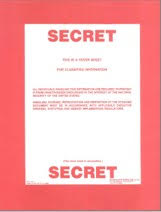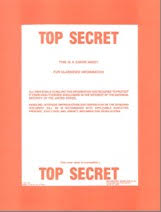 Security Violation
Security Violation
It is the responsibility of each individual to report to the security officer any knowledge of violation of approved security policies.
A security infraction is a minor administrative deviation of security procedures.
A security violation shall exist when, on the basis of all available information, a breach of security has occurred due to an intentional act, a negligent act, or the omission of an act, thereby permitting the possible or actual compromise of classified information.
| Offense |
First |
Second |
Third |
| Security Infraction |
Counseling by FSO |
Formal written reprimand up to termination |
Termination |
| Security Violation |
Formal written reprimand up to termination |
Termination |
|
Each violation which includes the compromise of unauthorized disclosure of classified information has a negative effect on the company viability in the classified market place.

![]() Point(s) of Contact
Point(s) of Contact





